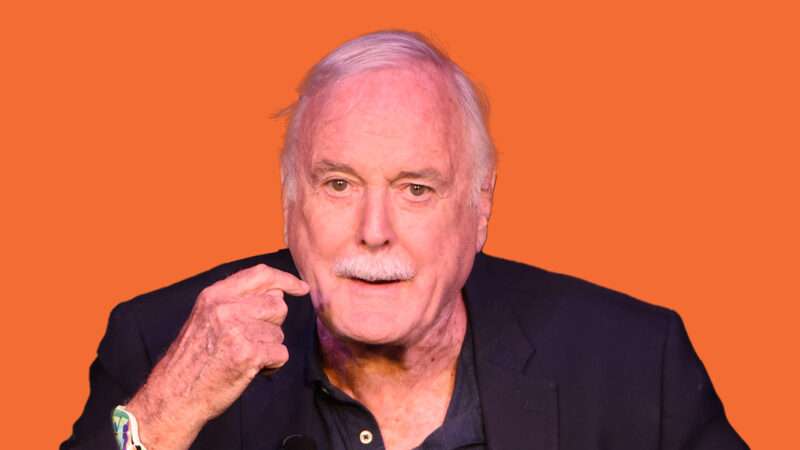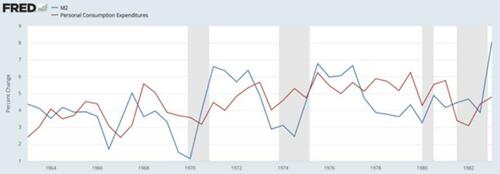Why The US Is Desperate For A Russian Oil Price Cap
By Tsvetana Paraskova of OilPrice.com
-
International oil prices are set to spike later this year when the EU ban on providing insurance for the transportation of Russian oil takes effect.
-
In order to stop pricing spiking, the United States is attempting to get major oil importers to endorse a plan to cap the price of Russian oil.
-
While China and India may be tempted to agree to an oil price cap, Russia could retaliate by stopping the export of oil.
The United States is looking to convince major oil importers, including Russia’s key buyers these days, China and India, to endorse a plan to cap the price of Russian oil they are buying. The U.S. and other major developed Western economies are wary of letting international crude oil prices spike later this year when the EU ban on providing insurance and financing for seaborne transportation of Russian oil takes effect in December.
Russia will be effectively shut out of more than 90% of the global oil shipment insurance market as most of the ports do not allow tankers to dock unless they have full insurance coverage, including insurance from the UK-based International Group of P&I Clubs, which handles 95% of the global tanker insurance market and consists mostly of UK, U.S., and European insurers.
This would severely cripple the flow of Russian oil globally, potentially leading to record-high oil prices, which the Biden Administration simply cannot afford to have right now, especially after boasting just a few days ago that “Gas prices are declining at one of the fastest rates we have seen in over a decade – we’re not letting up on our work to lower costs even further.”
In addition, soaring fuel prices would further stoke already four-decade high inflation and further complicate the Fed’s efforts to tame that inflation with aggressive key interest rate hikes.
So, the G7 group of leading industrialized nations, led by the U.S., is considering waiving the ban on insurance and all services enabling transportation of Russian oil if that oil is bought at or below a certain price, yet to be decided.
The Biden Administration and U.S. Treasury Secretary Janet Yellen have been pushing for weeks to have as many oil buyers as possible agree to a price cap plan. The alternative – choking off a large part of Russian exports by denying altogether maritime transportation services – would send oil prices to never-seen highs, tanking the global economy with enormous fuel and energy costs and sending rampant inflation even higher.
The U.S. Administration is holding talks on a possible price cap with major oil importers, including China and India, officials have told the Financial Times.
China and India have stepped up purchases of heavily discounted Russian oil in recent months, while European buyers are retreating and winding down imports ahead of the EU embargo on imports of Russian seaborne crude and refined products set to kick in at the end of this year.
“Russian production is going to fall when the services ban fully kicks in, unless we use the price cap to allow exports to continue,” an official close to the talks told FT, adding, “It is the one way of preventing a significant rise in prices.”
The U.S. Administration believes that the insurance ban on Russian oil exports could severely cripple Moscow’s supply to the market, pushing up oil prices. Russian crude and products exports are too big as a share of the global oil market to not have access to tankers and insurance, U.S. officials tell FT.
Therefore, the U.S. is trying to rally major oil importers around the idea that they would pay less for Russian oil under a price cap mechanism, while at the same time looking not to stifle 7-8% of the daily global oil and product flows.
Cutting off most of Russia’s exports via the insurance ban without exemptions with a price cap would result in soaring oil prices which will negate any efforts to cut Putin’s revenues from oil, U.S. officials argue.
“We want to keep it being sold somewhere in the global economy to hold down global oil prices generally, but we want to ensure that Russia doesn’t make undue profit from those sales,” Treasury Secretary Yellen told NPR last week.
“And a price cap is the answer we’ve come up with to serve both of those objectives.”
While negotiations are ongoing, an agreement is still a way away.
“We’re trying to perfect the mechanism of how that would actually look and how it would work. We’re not at a point where we have an agreement,” Amos Hochstein, the special U.S. presidential coordinator for international energy affairs, told Yahoo Finance this weekend.
“We have an agreement in principle with the major economies of the G7, but not an actual agreement,” Hochstein added.
The implementation of a price cap would be a challenging undertaking and would ideally need China and India on board to have a real impact. The two large Asian importers could be inclined to entertain the idea of a price cap as this would reduce their energy import bills, a senior G7 official told Reuters this week.
Russian Retaliation?
Some analysts warn that a price cap would not only be difficult to implement, but it could also prompt Russia to retaliate by stopping the export of oil.
Last week, Russian Deputy Prime Minister Alexander Novak said that Russia would not supply oil to the global markets if the price cap being discussed was set at a level below Russia’s cost of production.
U.S. Treasury Secretary Yellen has repeatedly said that the price cap would not be set below Russia’s cost of production.
But last Friday, Russia issued a not-so-veiled warning to the countries considering joining a price cap mechanism.
Russia’s Central Bank Governor Elvira Nabiullina told Russian reporters on Friday that “as far as I understand, we will not supply oil to countries that will have imposed a price cap.”
Russia will redirect its crude and refined products exports to those countries that “are ready to cooperate with us,” Nabiullina added.
Tyler Durden
Fri, 07/29/2022 – 15:25
via ZeroHedge News https://ift.tt/haNLAlz Tyler Durden








